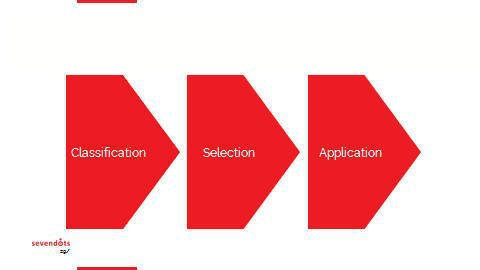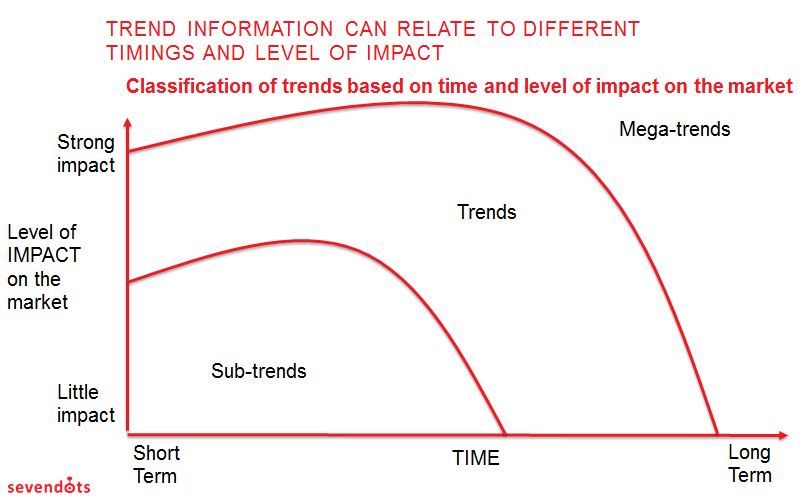CPG Trends, Data & Analytics 16 June 2014
How to use trends to gain a competitive advantage
Sevendots, Rome
3 minute read
Note: This is from our old blog and is no longer being updated. It was originally published in 2014.
It’s not about trends, it’s about what you do with them.
Nowadays there is an abundance, or even an overload, of information about new marketing trends or other trends affecting the consumer. But does all of this help marketers make better decisions about business and brands?
There are two factors to consider before starting to work with trends:
1. Trend information presents itself as an indiscriminate cloud
It is sometimes very difficult to identify what information is relevant. It can also be difficult to understand which trends are important for your business or brand.
For example is the rising cost of spending on public healthcare affecting your business, perhaps indirectly? If yes, how is this happening?
2. Most trend information is common knowledge
Your competitors will probably have the same information about new trends.
So, knowing that spending among mature consumers is projected to reach $15 trillion a year by 2020 and 25% of those aged 60+ will count for 25% of consumers by 2050 is definitely very relevant for most businesses but it does not per se provide you with a competitive advantage.
Building a Competitive advantage
A possible way to identify opportunities to gain competitive advantage is to use a process based on Classification, Selection and Application. This will enable you to build-up long term value for your business or brand.
Classification
This part of the process allows you to separate information about new marketing trends and trends in general into three layers:
- Mega-trendsThese are things that can affect a society’s values and people’s core beliefs. They can also relate to aspects in the economy as a whole, like the level of inequality in a society or basic demographic differences.Mega-trends have a very strong impact on how society behaves. However, these trends can move very slowly so brands need to consider them over a long period of time to see major changes.
- Trends
Trends normally affect attitudes, lifestyles and basic buying behaviour. Trends move more rapidly than mega-trends and can have significant impacts on the demand for a product or service. - Sub-trends
These are related to sentiment and consumption behavior . These trends move even faster than trends and their change can be quite sudden. It is essential for brands to distinguish between strong sub-trends and passing sub-trends.
Selection
Selection of trends is a very delicate but fundamental process: it ensures you look deeply at trend information from your brand’s perspective. The selection process enables brands to identify information that is most relevant and to find specific “ownable opportunities.” These opportunities can be defined as ‘markers.’ Markers give businesses a competitive advantage.
Application
By bringing the markers together, brands can develop concrete initiatives to grow the top-line. Sometimes these initiatives are about innovation or new routes to market, but in other cases it may even regard a new market positioning or communication style.
By following a disciplined process, it is possible to use information about new marketing trends to build up long term sustainable value and competitive advantage for your brands and your business.


